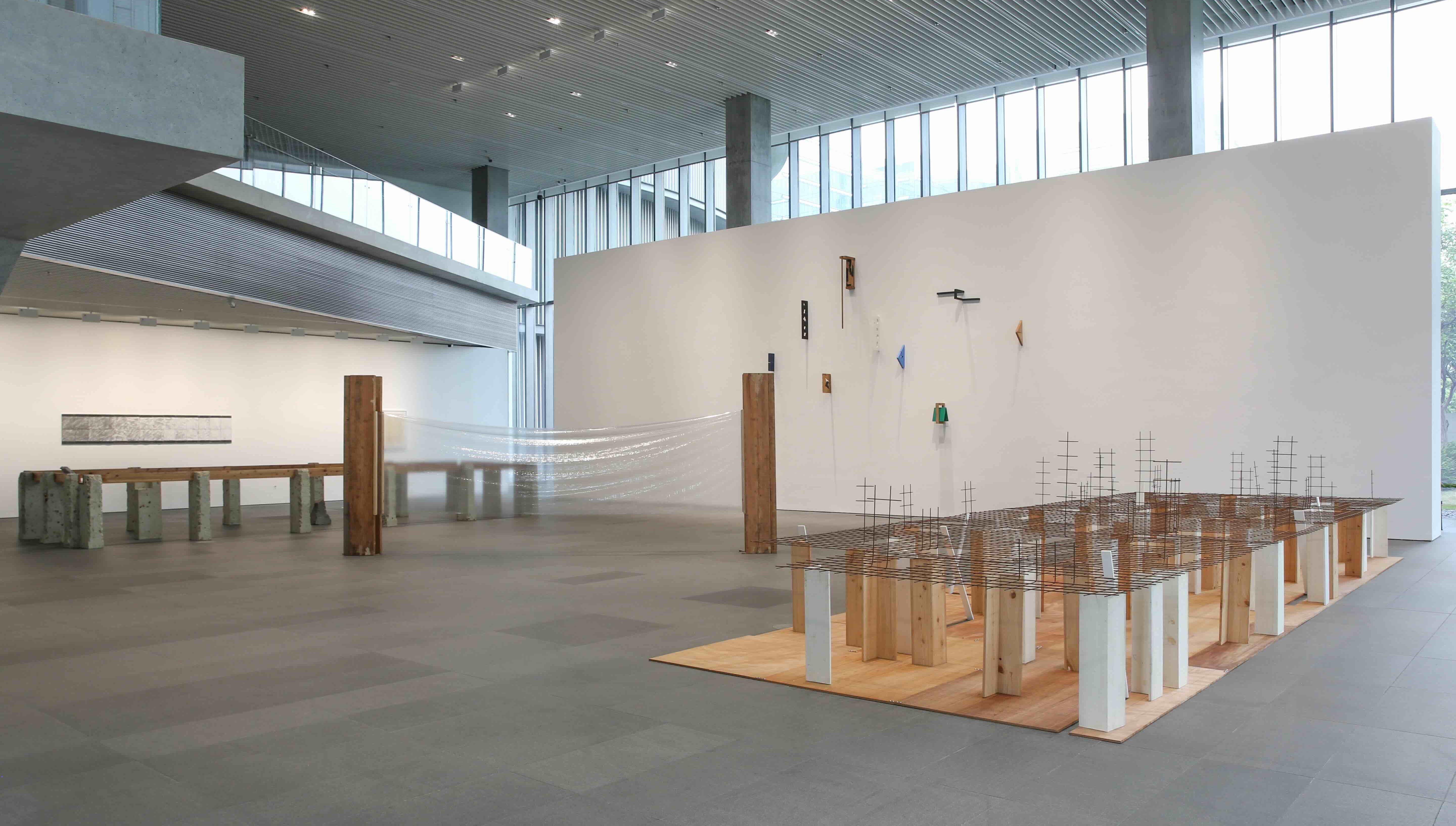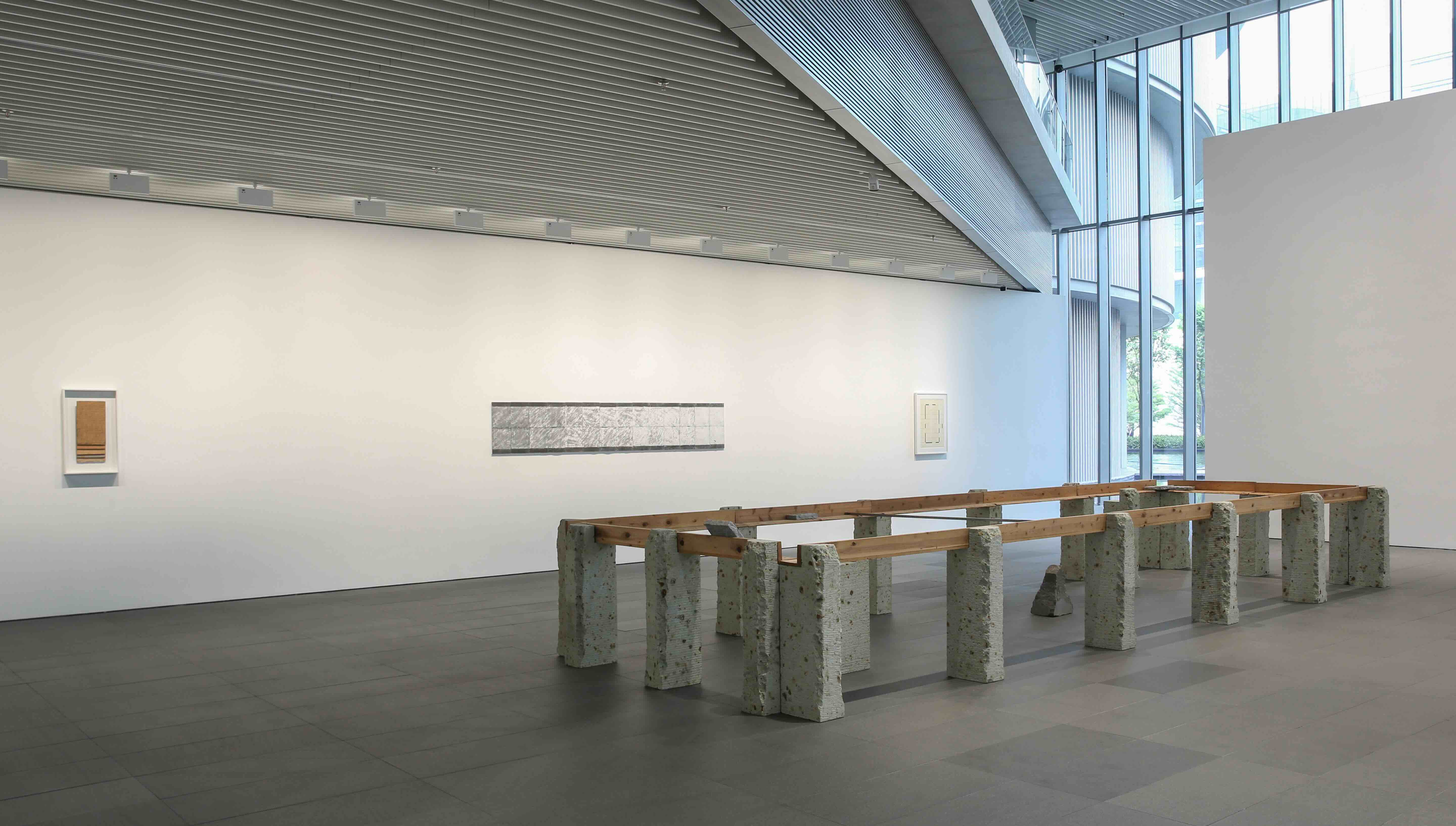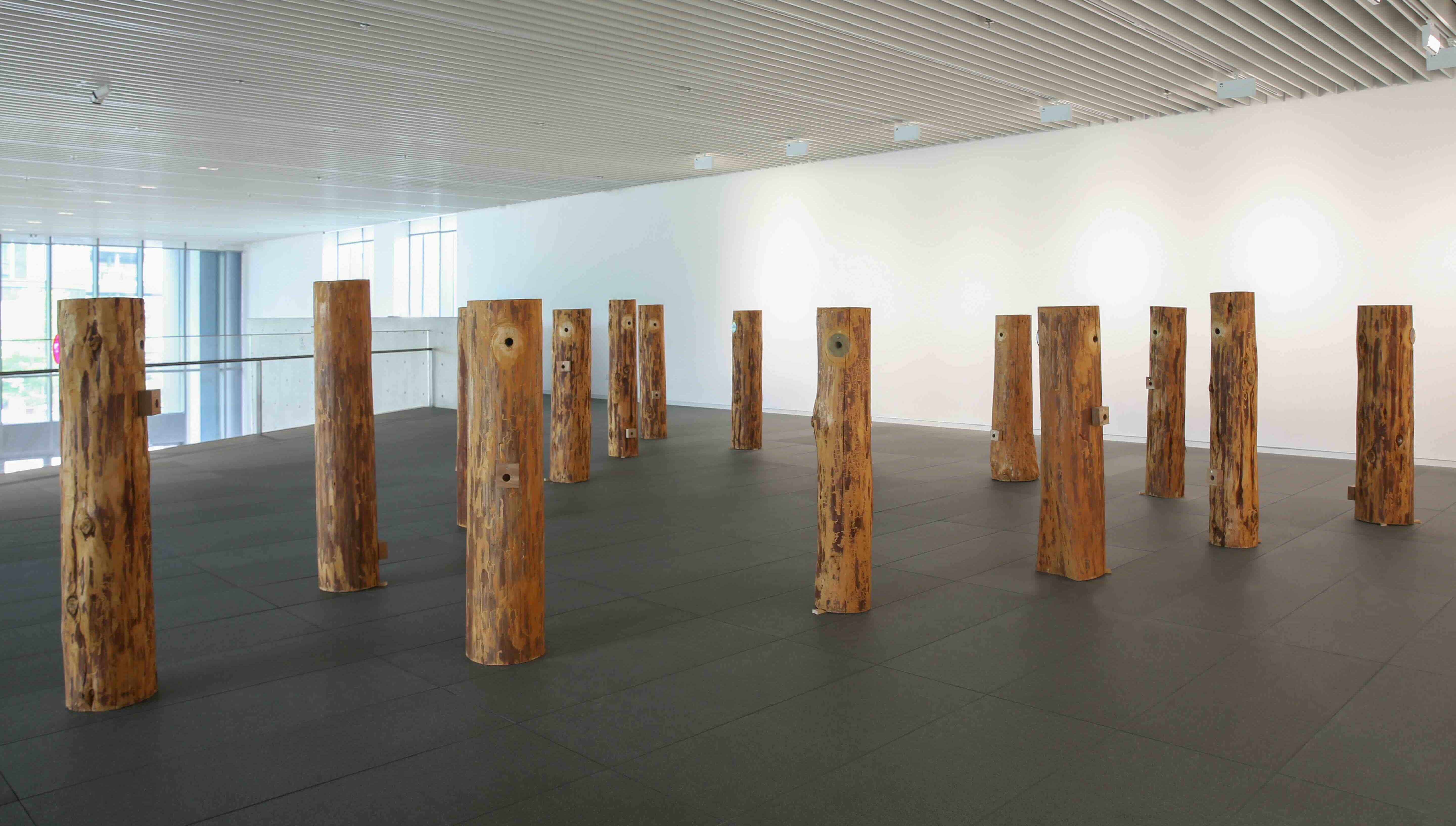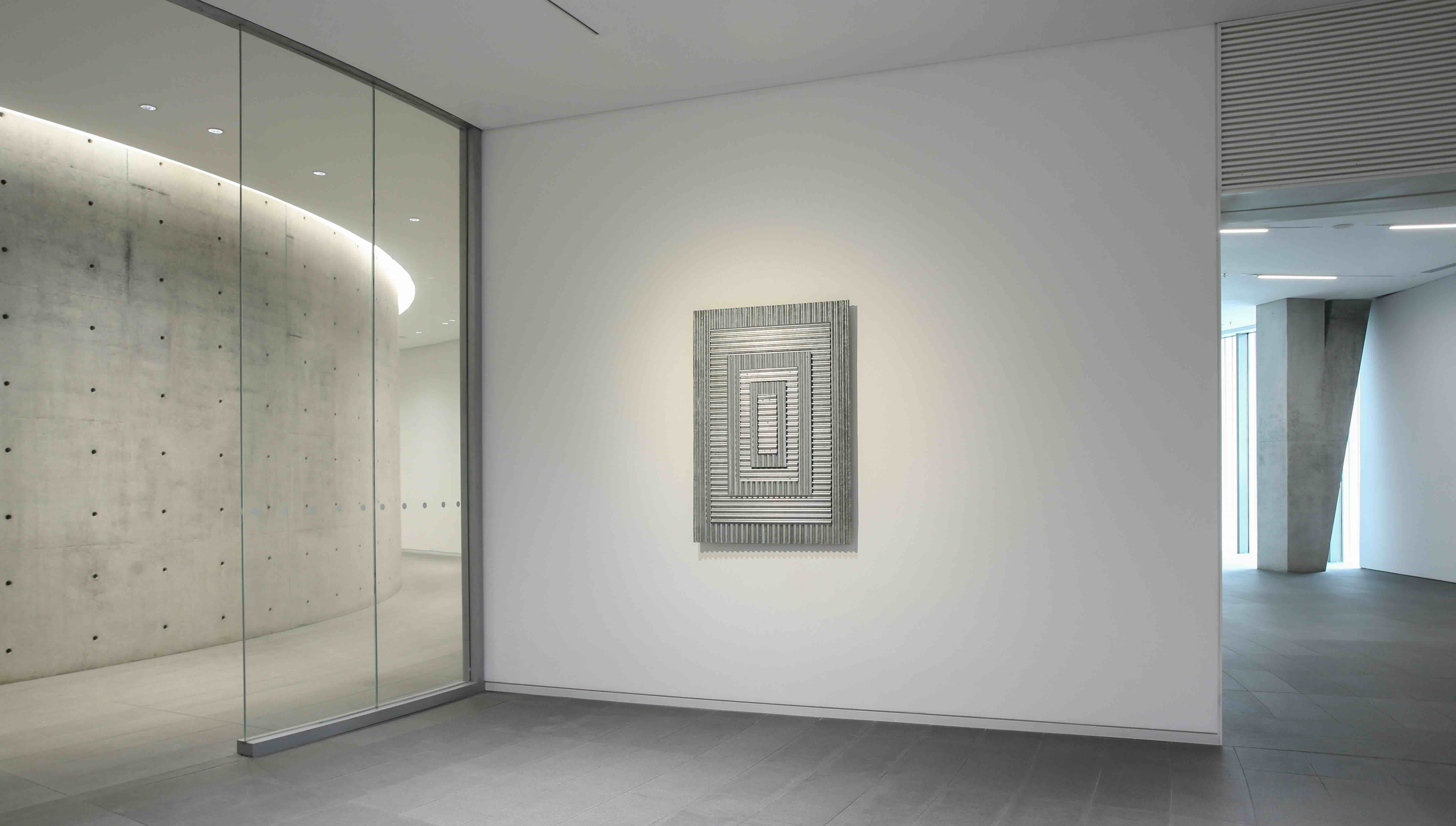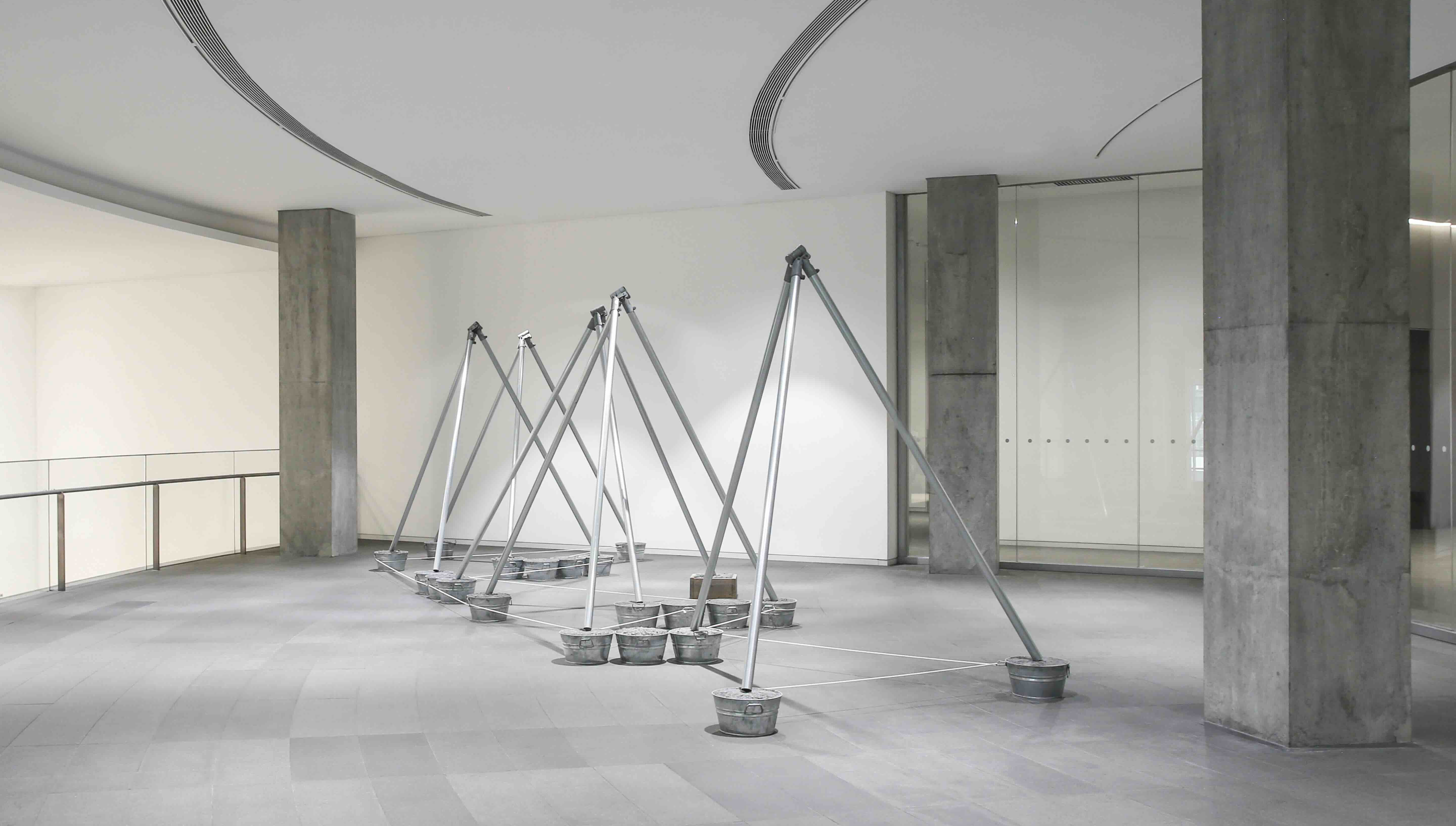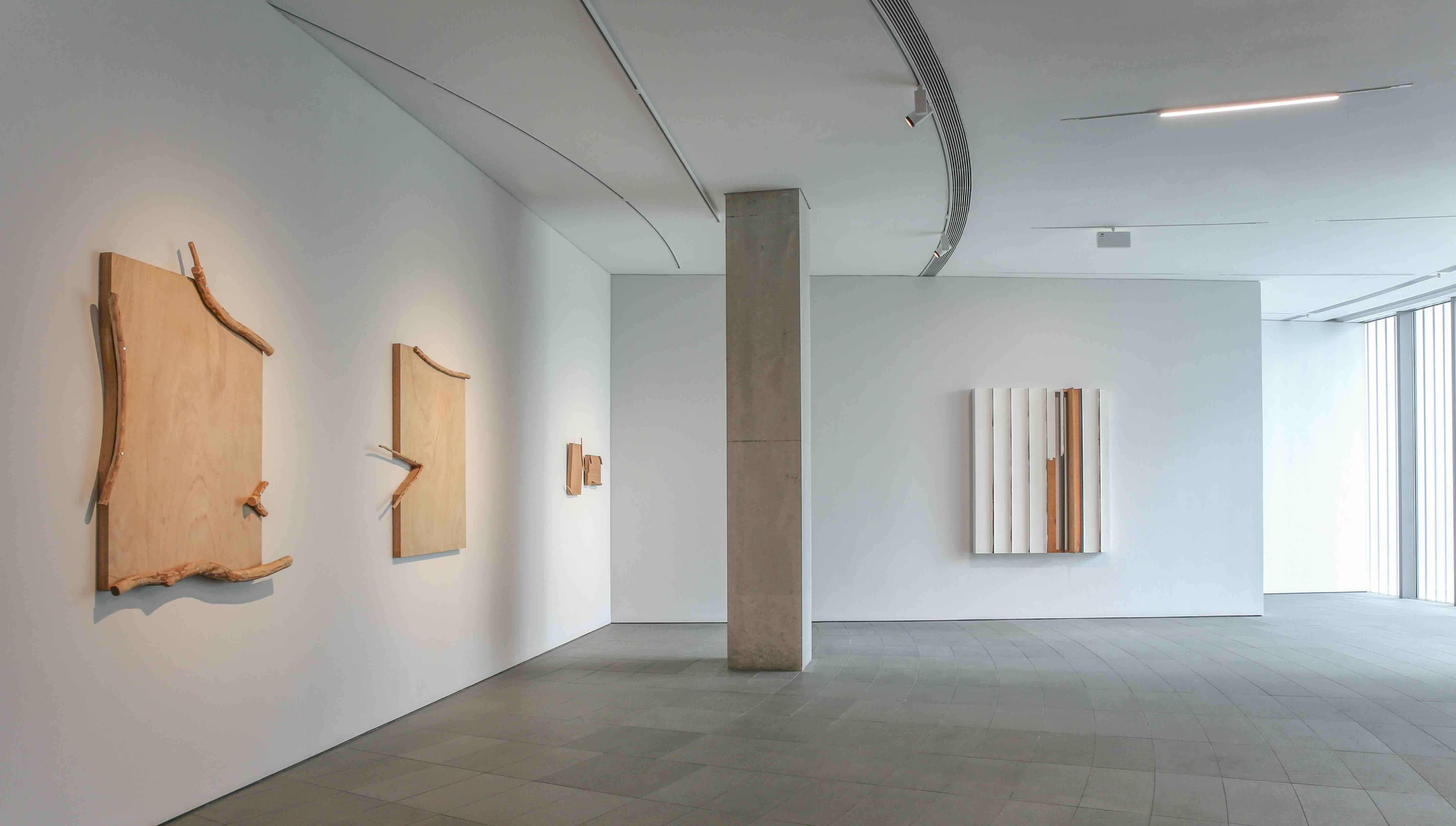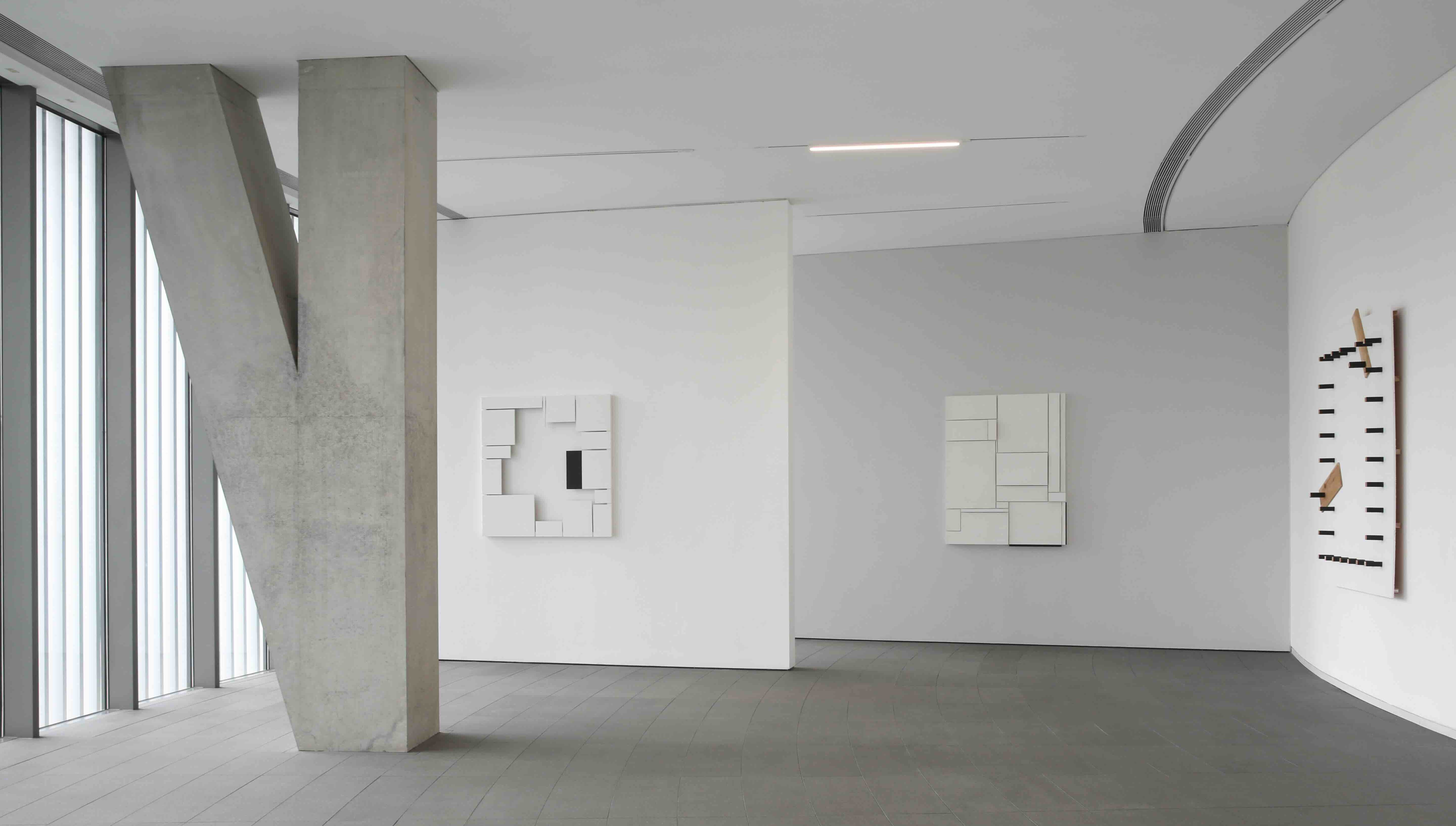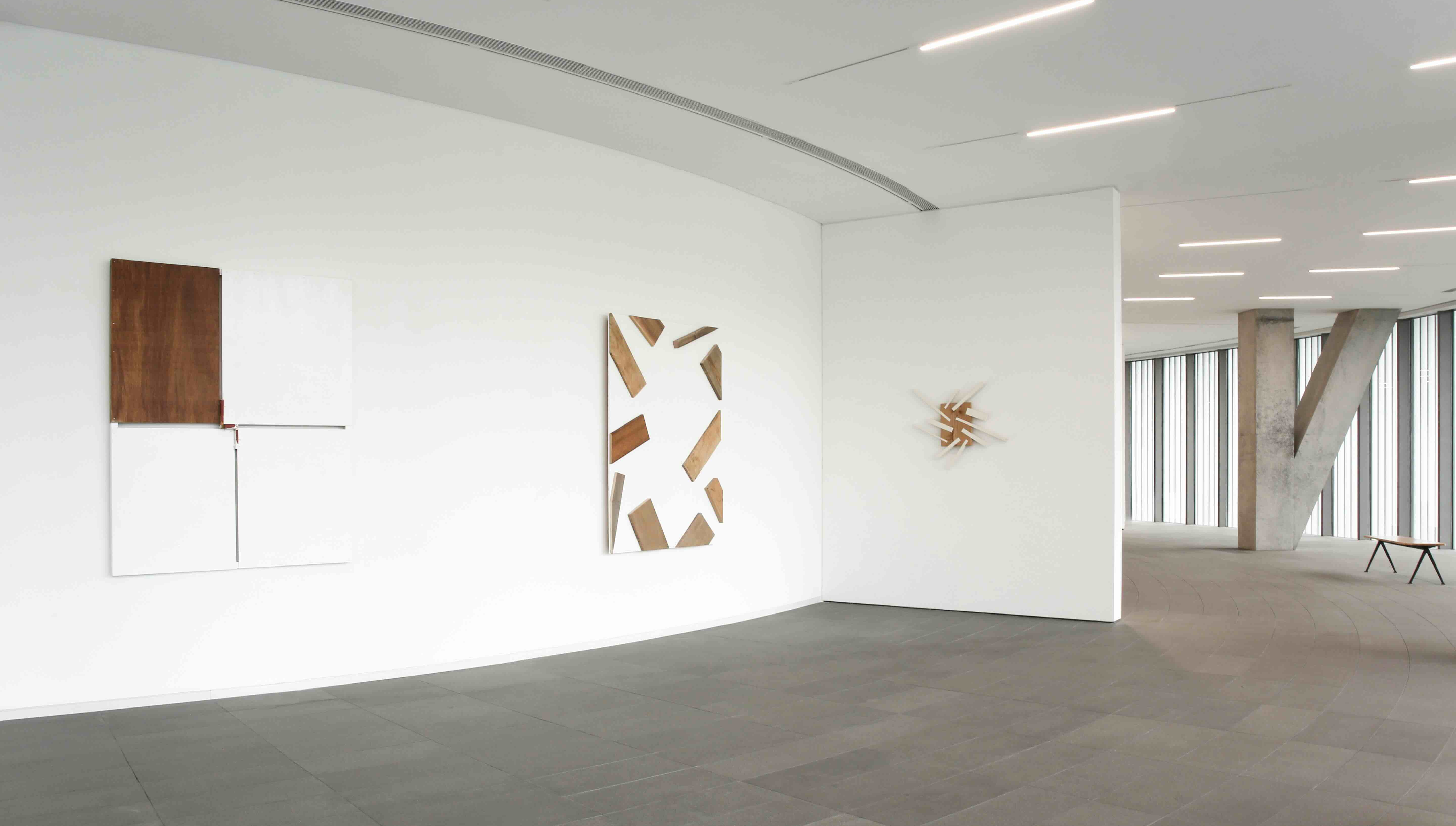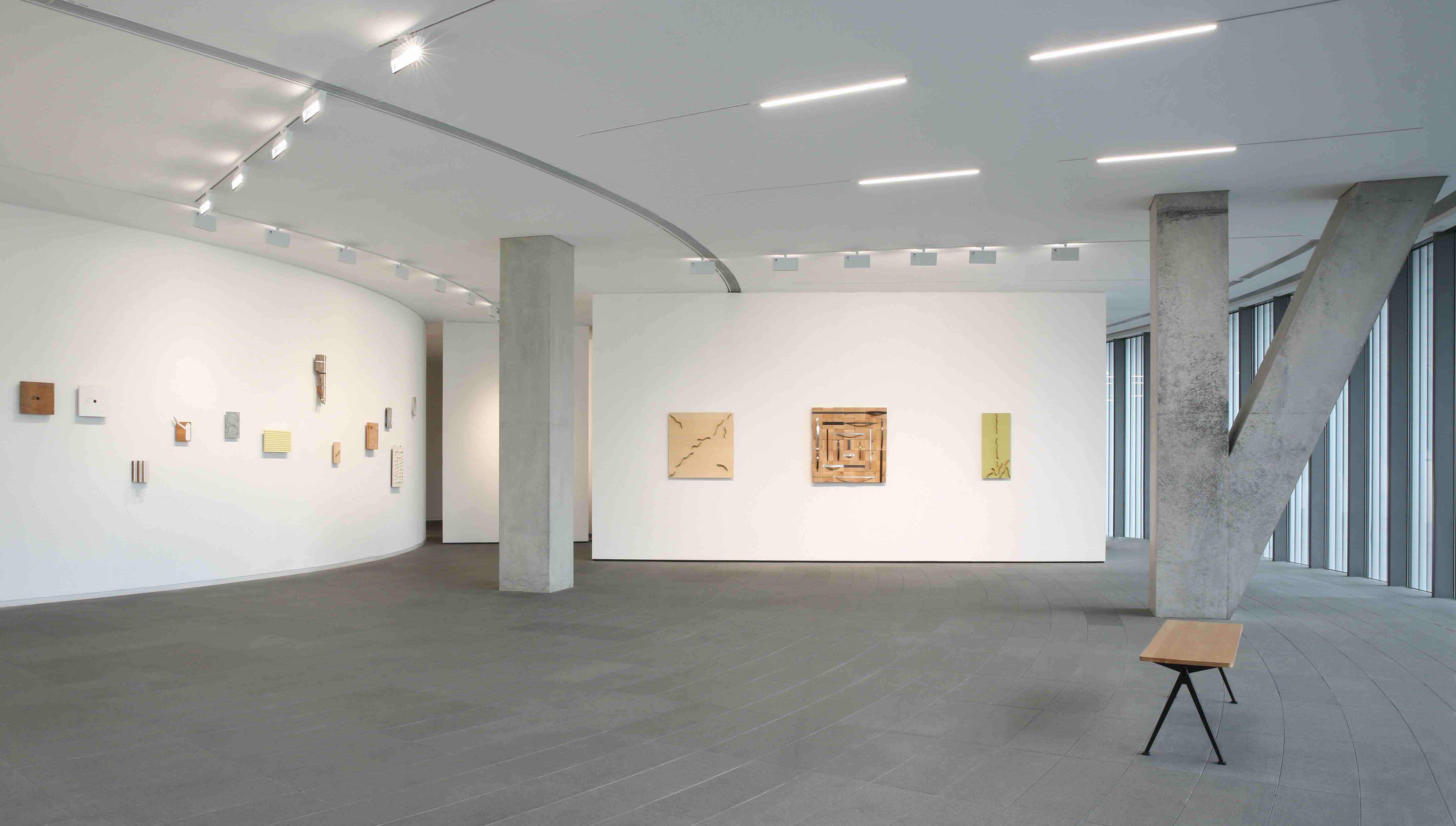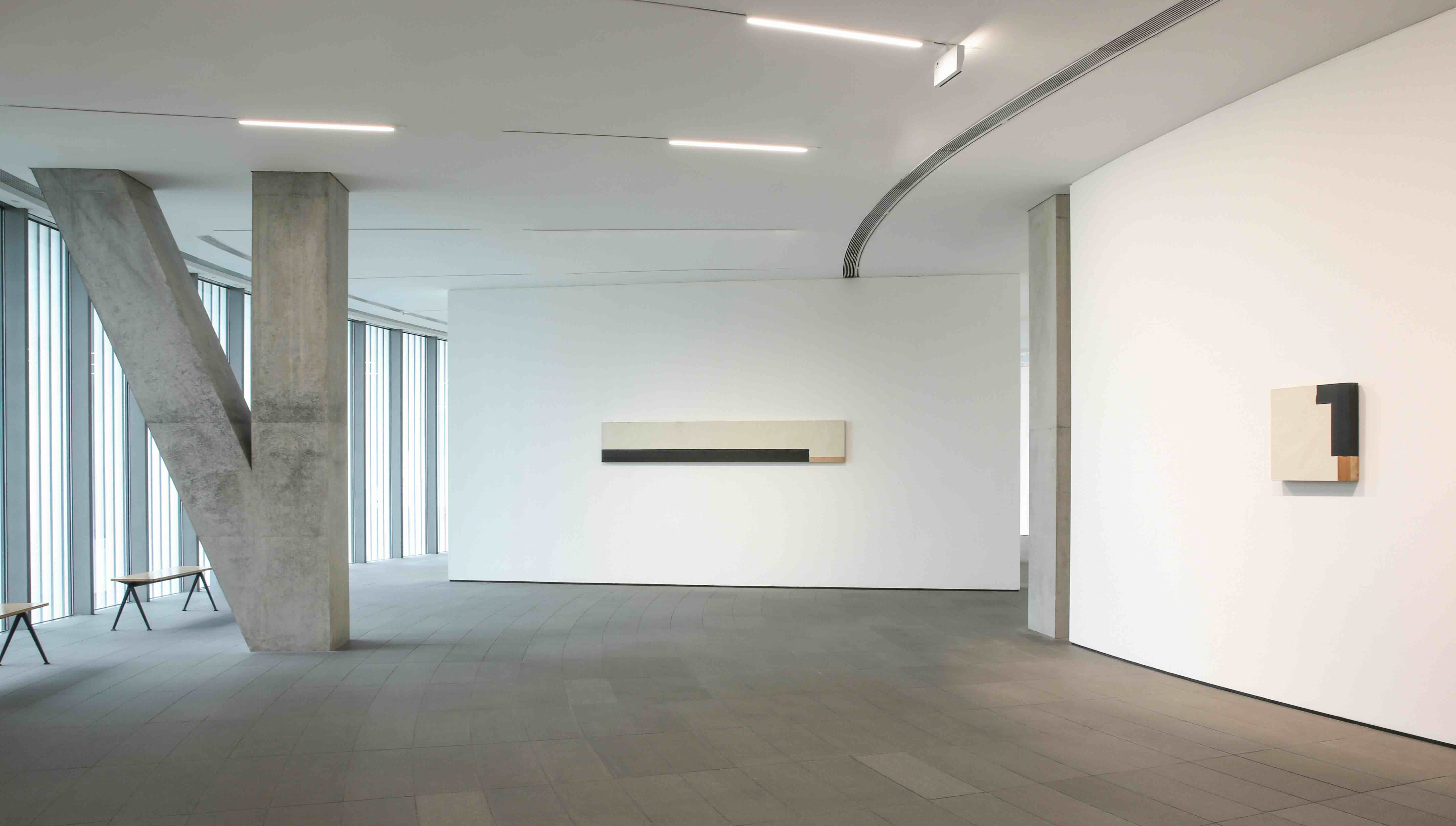Overview
Since the late 1960s, Kishio Suga has centered his practice on exploring the presence and interconnection of “Things” (objects). In a time marked by rapid capitalist growth and proliferation of industrial products, he drew from theoretical frameworks including East Asian traditional aesthetics, Indian Buddhism and existentialist philosophy, aiming to uncover the true nature of “Things” that had been alienated.
As one of the leading artists of the “Mono-ha” (School of Things) art movement, Suga minimized his intervention during the creative process. By positioning raw materials or natural elements like wood, soil, stones, metals or knots in various configurations, he sought to connect these “Things” with their surrounding space. In these sites, “Things” broke free from conventional paradigms of perception such as functionality or symbolism, finally revealing their situation of truly being existed.
This exhibition presents Kishio Suga’s artistic practice since the early 1970s. The museum’s unique curved space and the shifting sunlight imbue the works with an ever-changing texture, which may ultimately bring out the previously obscured multiple facets of the “Things”, spaces, and even the viewers themselves.
As one of the leading artists of the “Mono-ha” (School of Things) art movement, Suga minimized his intervention during the creative process. By positioning raw materials or natural elements like wood, soil, stones, metals or knots in various configurations, he sought to connect these “Things” with their surrounding space. In these sites, “Things” broke free from conventional paradigms of perception such as functionality or symbolism, finally revealing their situation of truly being existed.
This exhibition presents Kishio Suga’s artistic practice since the early 1970s. The museum’s unique curved space and the shifting sunlight imbue the works with an ever-changing texture, which may ultimately bring out the previously obscured multiple facets of the “Things”, spaces, and even the viewers themselves.

